


by The Cosmetic Chemist Staff
Carrageenans are a family of sulfated polysaccharides extracted from red seaweed (Rhodophyceae) and are used in cosmetics for their thickening, gelling, stabilizing, and water binding properties. The extracts of red seaweed are usually chock-full of minerals and vitamins. Several studies have demonstrated the utility of carrageenans in cosmetic applications. Recent studies have demonstrated the bioactivity of seaweed extracts and their potential use as wound healing and even hair growth agents.
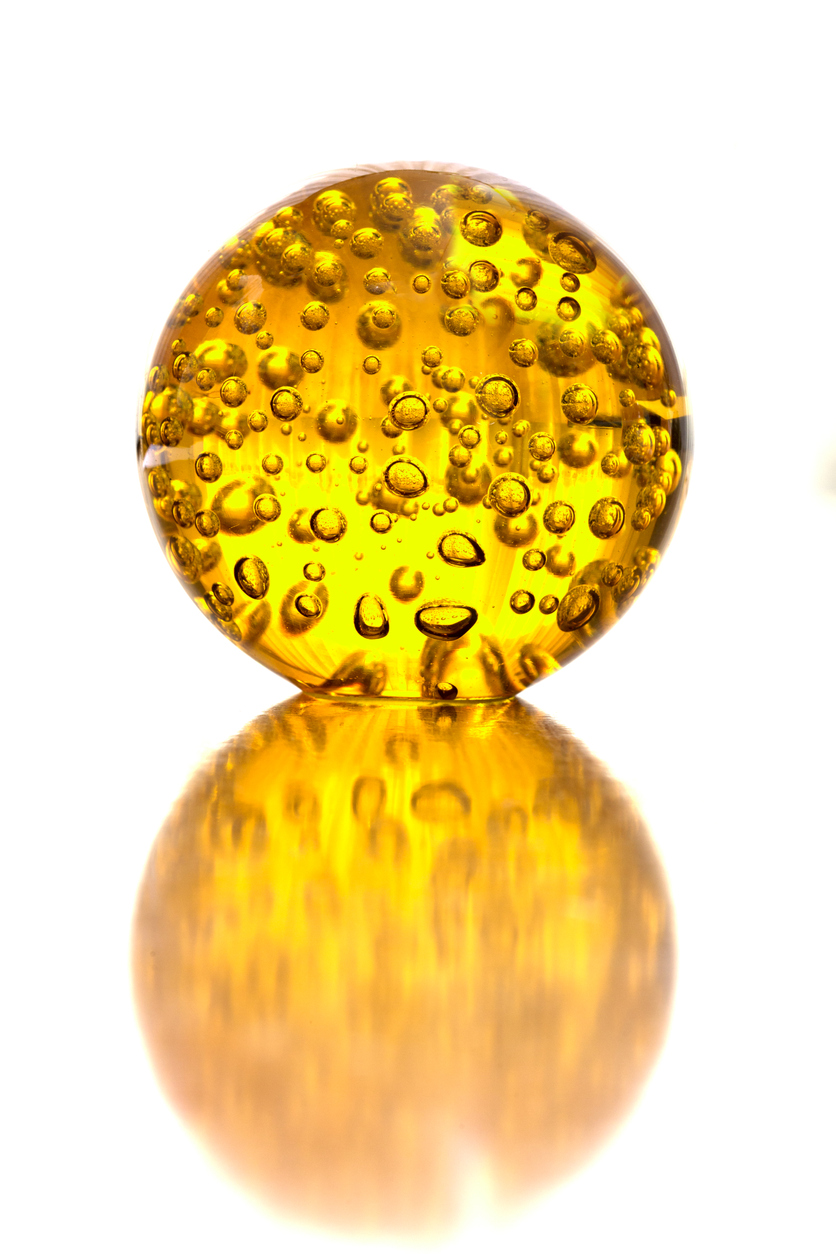
by The Cosmetic Chemist Staff
Emulsions are important formulation vehicles that are found in many types of products in the personal care market place. Most conventional emulsions contain surfactants, which help emulsify, solubilize, disperse the discontinuous phase, and stabilize the emulsion. In a recent review of the literature, Amin and coworkers examine the feasibility of using particles to carry out these functions in emulsions.

by The Cosmetic Chemist Staff
In recent years, there has been a significant amount of interest in the personal care industry to discover novel compounds derived from marine fungi, algae, bacteria, and other species. The world’s oceans comprise rougly two-thirds of the Earth’s surface and provide a marine ecosystem for innumerable species of living organisms. These species must endure a variety of environmental conditions, which has lead to the evolution of a number of metabolites with unique properties.
 Uncombable Hair Syndrome
Uncombable Hair Syndromeby The Cosmetic Chemist Staff
A rare genetic disease, uncombable hair syndrome, also known as pili trianguli et canaliculi, mostly affects young children and results in an overall condition in which hair is extremely unruly and unmanageable, and appears to be standing on end. It is frizzy and dry and was originally described as “spun glass hair” due to its physical appearance. The actual shape of the hair shaft is altered in this condition, and instead of the fiber cross-section being circular or eliptical in nature, it adopts a triangular shape.
 Coffee and its Role in Skin Care
Coffee and its Role in Skin Careby The Cosmetic Chemist Staff
Body/facial scrubs, eye creams, cellulitis products, moisturizing creams, and soaps containing coffee have been all the rage in the skin care arena. More than likely, a great deal of interest in using coffee in skin care products stems from the effects of caffeine on skin biochemistry and physiology, in which case it has been shown to prevent accumulation of fat in the skin, act as a photoprotectant against UV radiation, and assist in drainage of lymphatic tissue. In addition to the effects of topical treatment of caffeine on the skin, much interest was generated by several large-scale epidemiology studies that demonstrated a positive correlation between coffee consumption and decreased incidenced of nonmelanoma skin carcinomas.
 Interactions of Peptides with Human Hair
Interactions of Peptides with Human Hairby Roger L. McMullen
Peptides are commonly used in hair care products designed to repair the structural proteins of the hair fiber. Until recently, very little was known about the mechanism of interaction between peptides and hair proteins. In a recent study, researchers at the University of Minho in Portugal examined the interactions between low molecular weight peptides (about 10 amino acids in length) and isolated structural proteins from hair.
 The Skin Aging Exposome
The Skin Aging Exposomeby The Cosmetic Chemist Staff
Exposome refers to the collective exposure of a person throughout a lifetime—from conception onwards—to various environmental elements that influence the overall health state of the individual. Exposure to certain elements is positive while other factors may negatively contribute to the health state of the human being. Exogenous sources could be solar radiation, chemicals, and infectious agents.
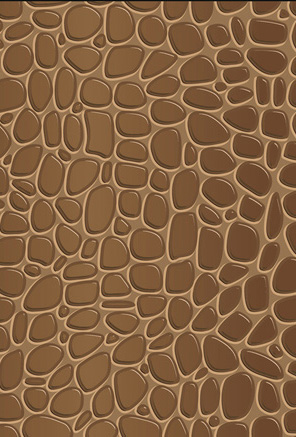 3-D Bioprinting of Human Skin
3-D Bioprinting of Human Skin by Roger L. McMullen
In the past two decades significant progress has been made in the development of in vitro-engineered skin. It can be used for patients that require skin grafts, due to loss of skin from injury (e.g., in burn victims), or as in vitro models to study various phenomena in skin. The morphological and biochemical properties of these skin models—known as skin equivalents—have become so advanced that in vitro human epidermal tissues possess many of the same properties of in vivo skin.
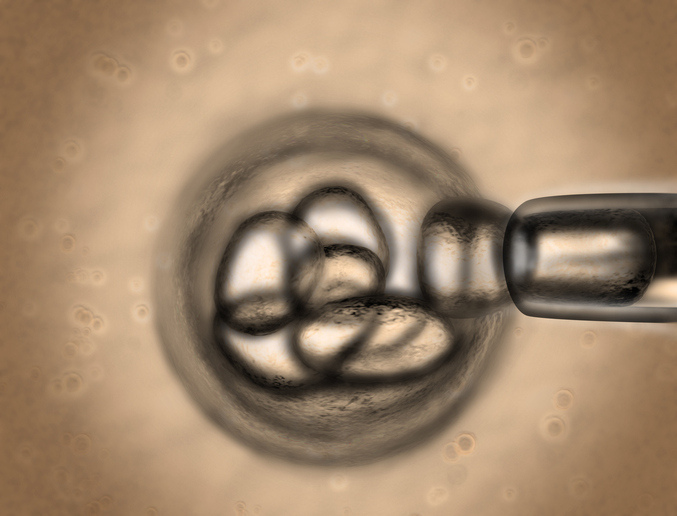 Stem Cells: The Home Turf is What Matters?
Stem Cells: The Home Turf is What Matters?by Ruby Ghadially and Gopinathan K. Menon
Stem cells have been the rage in life sciences for a while now. This topic has been provoking hope and eliciting moral outrage as well as spawning the birth of new research institutions, bioethical debates, and regulations. In this article, we examine the implications of stems cell research as it relates to the skin.
 Nanotechnology in Cosmetics
Nanotechnology in Cosmeticsby The Cosmetic Chemist Staff
The world of cosmetics is no stranger to nanotechnology. In the last ten to fifteen years there has been a flurry of activity in the development of cosmetic technology based on nanoscience. The largest application areas are in sunscreen and delivery system technology.
 Musings on Cosmetics: When Old is New Again
Musings on Cosmetics: When Old is New Againby Gopinathan K. Menon
As the world of cosmetics is closely linked with that of fashion, why not follow some of the trends of that world? The "retro" look often cycles, especially in certain niche fashion markets. Recycling old ingredients, however, is not the mindset of anyone leading an R&D effort, much less in the wildest imagination of the marketing gurus. Yet, the recent trends in the pharmaceutical sector may provide some food for thought.
 Fullerenes and their Use in Cosmetics
Fullerenes and their Use in Cosmeticsby The Cosmetic Chemist Staff
Fullerenes have captured the imagination of scientists for over three decades in technologically diverse fields of research. Now, researchers are taking advantage of their properties in the skin care arena. Fullerenes are free radical sponges with the ability to neutralize reactive oxgen species and offer the potential to treat acne vulgaris and other skin conditions.
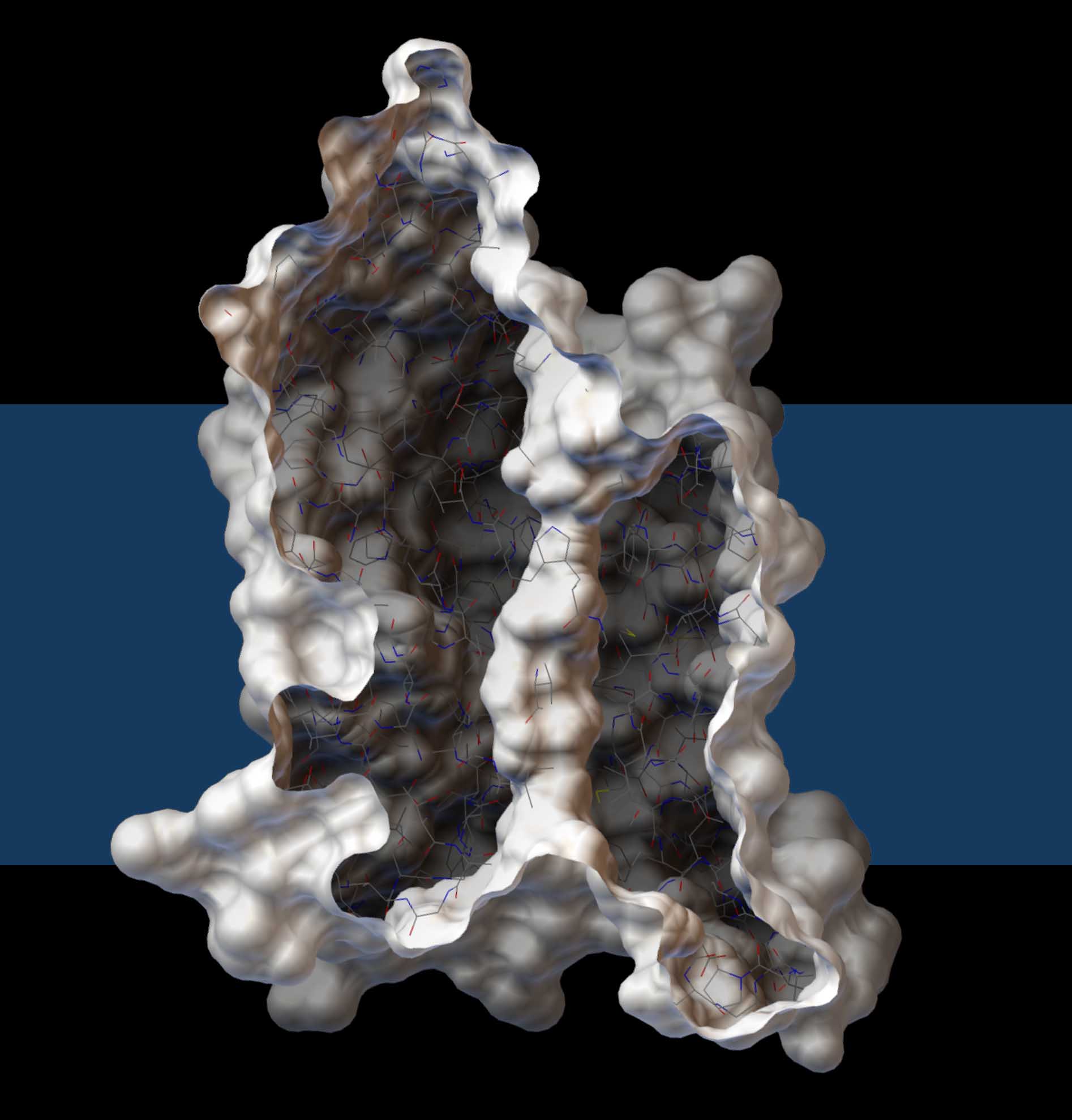 Cosmetic Science: Ahead of the Curve Again?
Cosmetic Science: Ahead of the Curve Again?by Gopinathan K. Menon
Scientists in the cosmetic field often have the unpleasant experience of having their scientific manuscripts rejected by 'elite' journals, or receiving a sub-standard rating in peer reviews due to the perception that their science is frivolous. Occasionally, elite journals publish some remarkable scientific breakthroughs, which in some cases are actually achieved with chemical entities that have been used as cosmetic actives throughout history, sometimes going back a few decades or even centuries.
 Mushrooms in Cosmetics
Mushrooms in Cosmeticsby The Cosmetic Chemist Staff
Most of the known activity of mushroom extracts in treating skin is in the realm of antioxidant, anti-inflammatory, anti-tyrosinase, anti-colleganase, anti-elastase, and anti-hyaluronidase activity. In terms of the antioxidant potential of mushrooms, they contain a wide variety of polyphenols and phenolic compounds, including but not limited to flavonoids, saponins, and tannins.
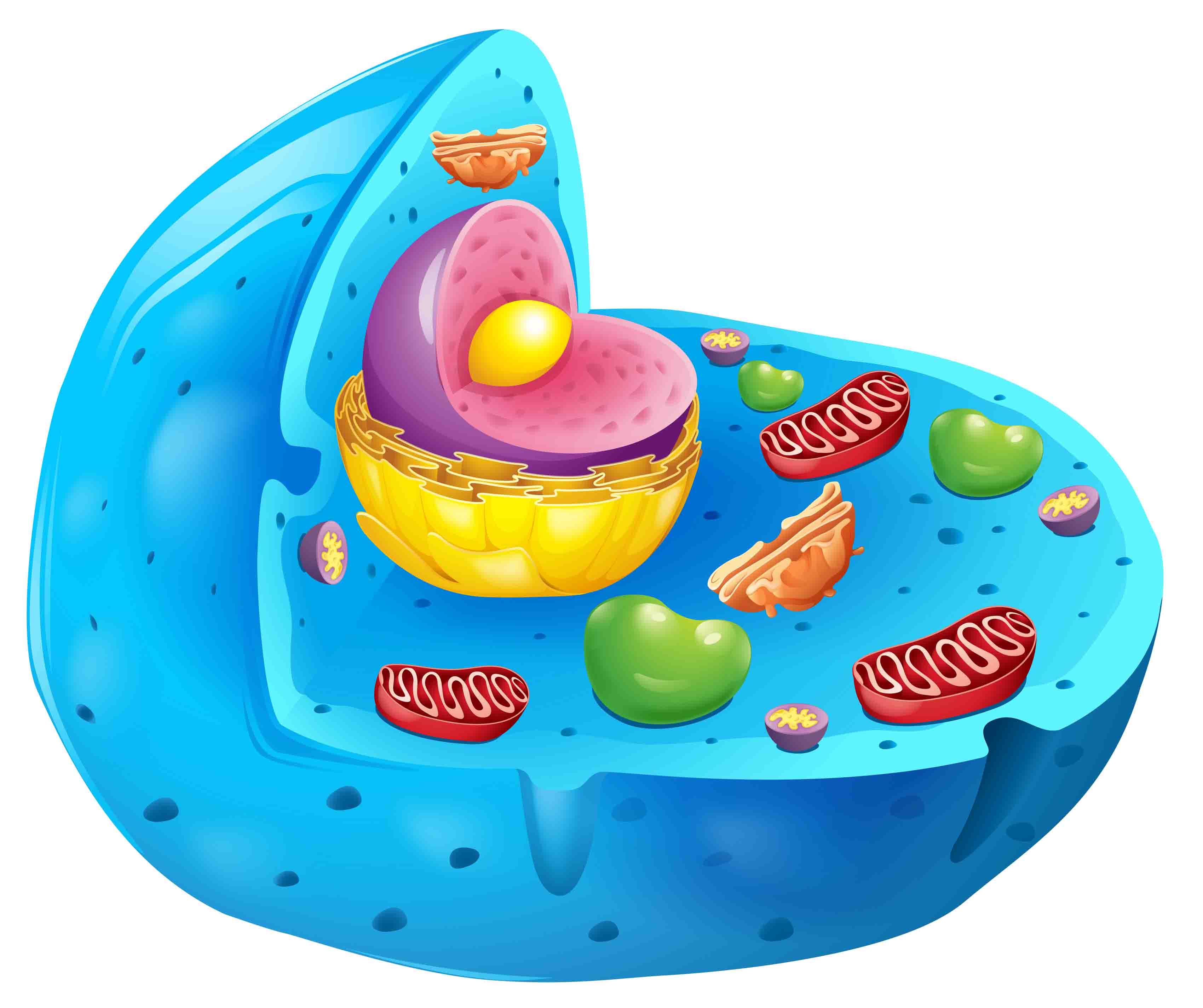 Hunger for the Nobel Prize: Autophagy
Hunger for the Nobel Prize: Autophagyby Gopinathan K. Menon
When it comes to marketing skin care ingredients, the cosmetic industry has shown the tendency to highlight connections with Nobel Prize winning topics, be it DNA, nitric oxide, or aquaporin. This year, literally and figuratively, the hunger for the Nobel connection has been satiated by the news of the prize being awarded to Yoshinori Ohsumi for his discoveries on the mechanisms of autophagy—self-eating by the cells.
 Photodamage of Dyed Hair
Photodamage of Dyed Hairby The Cosmetic Chemist Staff
Photodamage of hair leads to morphological and chemical damage to the mature hair shaft. In a recent publication, Tang and coworkers investigated the effect of UV radiation on dyed hair. The focus of their study is on the effects of transition metals (iron and copper) from the dyeing process on photo-oxidative processes in hair. Until recently, little attention has been given to the presence of transition metals in hair.
 Probiotics for the Skin
Probiotics for the Skin by The Cosmetic Chemist Staff
There is a significant amount of evidence in the literature demonstrating that probiotics are efficacious in the prevention of atopic dermatitis, especially in children during the pre- and post-natal periods. However, evidence that probiotics are efficacious in the treatment of existing atopic dermatitis is still controversial, and further study is warranted. While currently not accepted as common deramatological practice in a clinical setting, there are also studies demonstrating positive results in the treatment of eczema, acne vulgaris, wound healing, and photoprotection with probiotics.
 Blue Light and Its Effects on the Skin
Blue Light and Its Effects on the Skin by The Cosmetic Chemist Staff
Over the last several years there has been growing concern about the effect of blue light on the skin. This has mostly been fueled by increasing amounts of exposure to this type of light by artificial light sources (e.g., compact fluorescent lamps) and electronic devices which use light emitting diodes (LEDs), such as television screens, computer monitors, tablets, and smart phones.
 Natural Emulsifiers
Natural Emulsifiers by The Cosmetic Chemist Staff
Oil-in-water emulsions are the basis of many cosmetic products. They consist of lipid droplets dispersed in an aqueous medium. The emulsions greatly contribute to the viscosity, texture, stability, and appearance of the final product. The lipid droplets can even serve as a delivery system for hydrophobic ingredients, such as antioxidants and other agents that promote activity in the skin. Unfortunately, oil-in-water emulsions are thermodynamically unstable and emulsifiers must be added during the formulation stage. Traditionally, synthetic emulsifiers have been used to carry out this task. However, a recent article in Advances in Colloid and Interface Science introduces some of the most common natural emulsifiers, highlighting their physicochemical properties.
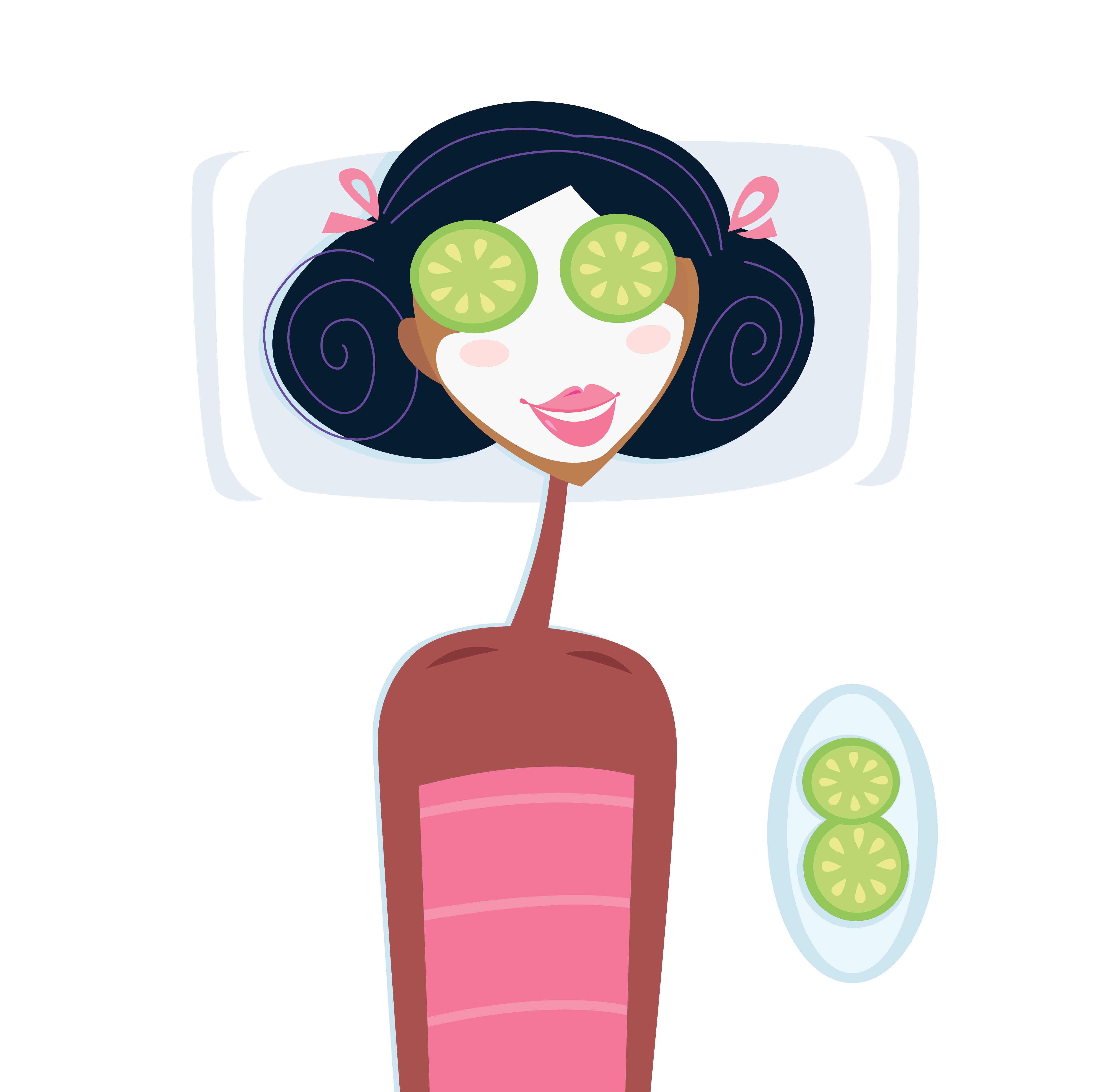 Novel Topical Delivery Systems
Novel Topical Delivery Systemsby The Cosmetic Chemist Staff
3-D printing technology has been all of the rage in the tech industry the last couple of years. From the printing of high tech designs to human organs, much promise is expected from 3-D printing in the future. In the personal care industry, a lot of excitement was generated last year when L’Oréal announced plans to develop 3-D printing technology that would allow them to print skin tissue that could be used for safety and efficacy testing. More recently, a group at University College London demonstrated the use of 3-D printing for the development of topical drug delivery systems.
 Exciting Breakthrough in Skin Care
Exciting Breakthrough in Skin Care by The Cosmetic Chemist Staff
Researchers at Massachusetts Institute of Technology, working in collaboration with Living Proof, OlivoLabs, and Massachusetts General Hospital/Harvard Medical School, recently published an article in Nature Materials about a novel, elastic material that is placed over the skin and provides enhanced mechanical properties and increases the visual aesthetics of aged, wrinkled skin.1 The synthetic layer of skin consists of a cross-linked polymer, based on poly(siloxane) chemistry, that is adhesive to the skin while maintaining an acceptable degree of elasticity and flexibility. In addition to its cosmetic properties, the novel “second skin” also offers promise as a wound healing dressing, active delivery vehicle, and an agent in the prevention of transepidermal water loss.
 Fluid Microstructure and Transdermal Delivery
Fluid Microstructure and Transdermal Deliveryby The Cosmetic Chemist Staff
All of the cosmetic or drug products we put on our skin have a characteristic fluid microstructure and rheology. These physical properties play a pivotal role in determining how the product will interact with the skin. This is especially important for vehicles that need to deliver an active ingredient(s). A major challenge for formulators is to develop a product that can traverse the barrier of the stratum corneum and bring the active ingredient to the targeted vascular components of the deep dermis.
 Botanical Ingredients
Botanical Ingredientsby The Cosmetic Chemist Staff
Plants are equipped with biologically active molecules, such as antioxidants, which help them survive harsh environments (e.g., UV radiation, temperature extremes, etc.). For centuries traditional medicine in many cultures has taken advantage of the benefits of botanicals for treating the skin. Plant derived ingredients now find their way into modern personal care products more than ever. Today, there is a significant amount of dermatological clinical research confirming that there are significant benefits obtained by using botanical ingredients, especially to treat aging skin, UV-induced erythema, and cancer. Furthermore, such skin treatments have been found to also combat inflammatory skin disorders, such as dermatitis and psoriasis.
 Humanized Mice
Humanized Miceby The Cosmetic Chemist Staff
Genetically modified and/or immunodeficient mice are increasingly being used for dermatological research. These mice have human cells or tissues and may even express human genes. A number of groundbreaking studies of various skin ailments and carcinomas have been carried out using these mouse models.
 Coffee Grounds Against UVB-induced Photoaging
Coffee Grounds Against UVB-induced Photoagingby The Cosmetic Chemist Staff
A new study in Korea reports the protective effects of an ethanol extract of spent coffee grounds in the prevention of UVB-induced photoaging. Relative to the control, treatment with the coffee ground extract results in a 30% reduction in wrinkles accompanied by a 25% decrease in epidermal thickness, 35% decline in erythema formation, and 20% less trans-epidermal water loss. It was also found that the coffee ground extract treatment leads to a reduction in the expression of collagen degrading matrix metalloproteinase 2 (MMP2) and 9 (MMP9).
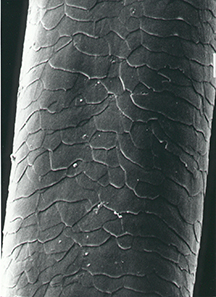 Photodamage to the Cuticle Layer of Human Hair
Photodamage to the Cuticle Layer of Human Hairby The Cosmetic Chemist Staff
Hair Damage inflicted to hair by UV light results in the formation of small globular bubbles on the surface ranging in size from 1-5 nm. In addition, cuticle step height increases 65% as a result of extreme exposure and morphological changes are observed in the pre-existing holes on the surface of hair, which become larger with increasing exposure to UV radiation.